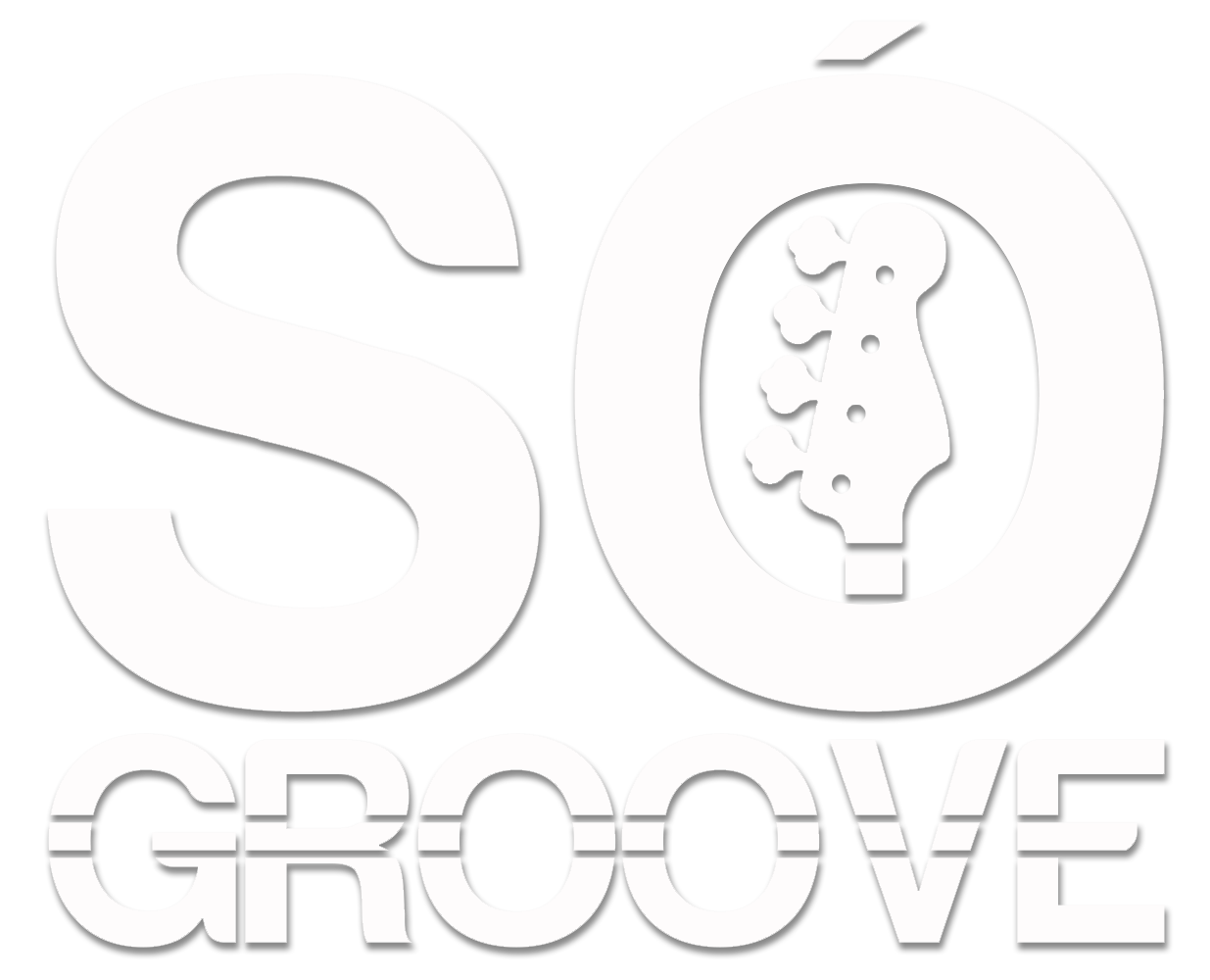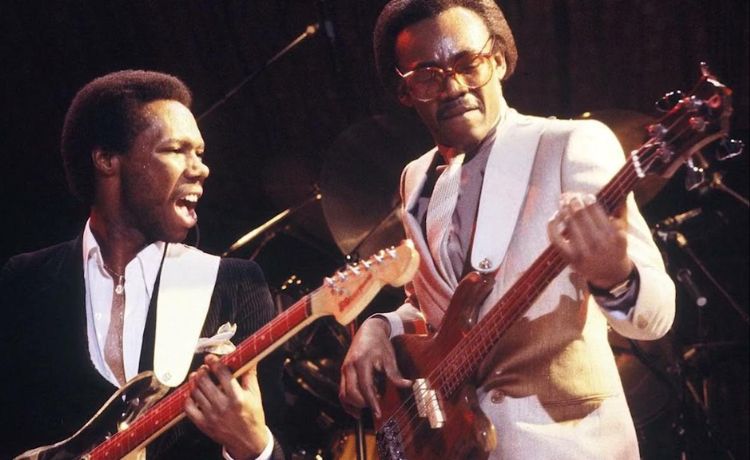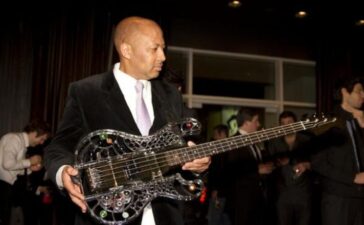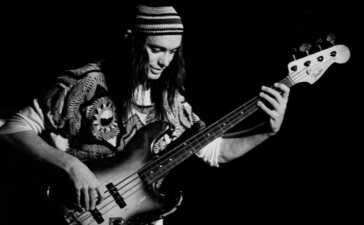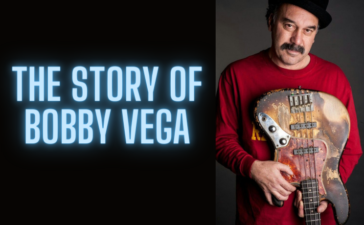Bernard Edwards, one of the most influential bassists of the 1970s and 1980s, is renowned not only for his infectious grooves but also for his unique bass-playing techniques. One of the defining features of his style, particularly during his time with Chic, was his use of “chucking.” This innovative technique, a form of muted string strumming, became a key part of his signature sound and left a lasting impact on.
What Is Chucking?
Chucking refers to a percussive technique where the strings are muted while being strummed or plucked, creating a rhythmic, “chicka-chicka” sound. In essence, it’s about creating a percussive element with the bass without emphasizing the pitch of the notes. Edwards would achieve this effect by lightly resting his fretting hand on the strings to mute them while plucking or strumming with his picking hand. This technique allowed him to add syncopation and rhythmic depth to his basslines, complementing the groove while interacting with other instruments, particularly the guitar.
While “chucking” is often associated with guitarists, especially in funk music, Edwards adapted the technique for the bass, making it a core part of his style. His ability to interlock basslines with guitarist Nile Rodgers’ similar percussive style is one of the reasons Chic’s sound was so rhythmically engaging.
Chucking in Iconic Tracks
One of the most famous examples of Bernard Edwards’ chucking technique can be heard in Chic’s 1979 hit “Good Times.” The track’s iconic bassline features a perfect blend of rhythmic clarity and groove, with Edwards subtly integrating the chucking technique to maintain a sharp, syncopated feel throughout. The percussive bass not only supports the song but also drives it forward, making the bassline as essential as the melody itself.
Another example can be found in Le Freak, where Edwards’ bass playing provides a tight, groovy backbone to the track. The chucking technique helps keep the rhythm locked in, ensuring a continuous, danceable beat.
The Edwards-Rodgers Partnership: A Rhythmic Dialogue
Bernard Edwards’ chucking technique worked so well within Chic largely because of the musical partnership between him and guitarist Nile Rodgers. Rodgers is known for his rhythmic guitar work, where he frequently used muted strings to create syncopated patterns—sometimes referred to as “scratching.” Edwards mirrored this approach on bass, ensuring that the bass and guitar worked together in perfect sync.
Their interplay can be described as a rhythmic dialogue, with each player complementing the other’s movements. While Rodgers often utilized complex chordal chucking on the guitar, Edwards’ chucking on the bass would enhance the rhythmic effect, blending seamlessly with the drums and other instruments to create a cohesive and powerful groove.
Influence on Future Generations
Edwards’ chucking technique, combined with his overall groove-based playing, influenced not just bassists but musicians across genres. His work became a blueprint for disco, funk, and R&B bassists, and his influence reached into the world of hip-hop and modern dance music as well. For example, his bassline on Good Times became the foundation for The Sugarhill Gang’s Rapper’s Delight, marking one of the earliest and most famous uses of sampling in hip-hop.
Many bassists who followed in Edwards’ footsteps, such as Marcus Miller, Flea (of Red Hot Chili Peppers), and even some pop and rock bassists, have drawn inspiration from Edwards’ percussive approach to bass playing. Edwards’ ability to create rhythm from a harmonic instrument like the bass guitar expanded the instrument’s role within a band, allowing it to serve as both a rhythmic and melodic force.
Edwards’ Legacy in Modern Music
Although Bernard Edwards passed away in 1996, his musical legacy lives on. The chucking technique he helped popularize is still employed by many contemporary bassists and guitarists, especially those working in genres rooted in groove, such as funk, soul, and disco revival movements. Producers and musicians who work in electronic music often sample or reference Edwards’ basslines, recognizing the rhythmic brilliance of his style.
His contribution to music goes beyond technique—he revolutionized how the bass guitar could function in a rhythm section. Instead of simply holding down the root note, he made the bass a rhythmic instrument that could communicate with both the drums and melodic instruments, giving it a central role in creating groove-heavy music.
Conclusion
Bernard Edwards’ use of the chucking technique is a prime example of how innovation in music often comes from experimentation and blending genres. His approach to the bass as both a rhythmic and melodic instrument helped define Chic’s signature sound and left a permanent mark on the music industry. Through his partnership with Nile Rodgers, Edwards showed how chucking could transform a simple bassline into a driving force behind some of the most iconic songs of the disco era.


